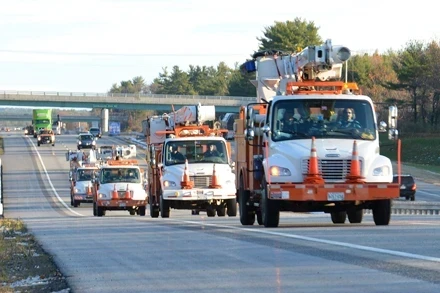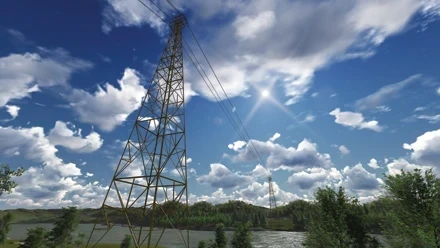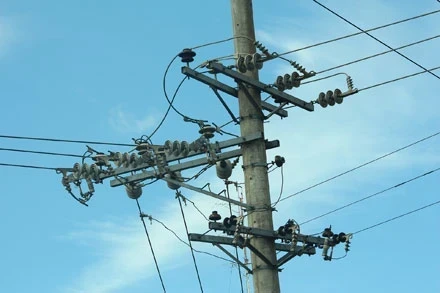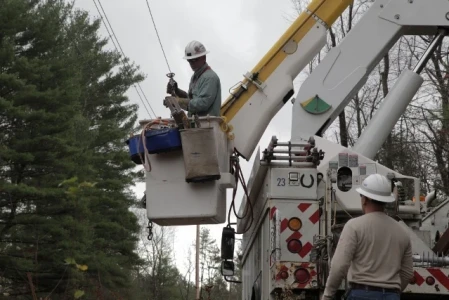Fort Collins Municipality Case Study

A proposal for equipping broadband services to the Fort Collins, CO, municipality was approved by residents and a $120 million bond is now providing Fort Collins with resources to build and improve the municipality’s infrastructure so it can support broadband service for any qualifying resident. Fort Collins distributes power to its community, so building broadband services through existing right-of-way infrastructure was a viable way to provide competitively priced services to residents
After a completed positive feasibility study and a declared intent to own and maintain the broadband service as a municipality, Fort Collins Utilities began looking for a partner to take on the job. The municipality had to consider that its neighborhoods were mature, and its current infrastructure was already underground.
New construction would require the pathways to be placed under features like sidewalks, foliage, and railroad crossings without causing disruption to the community and its’ aesthetic.
Atlantic Engineering Group (AEG) was chosen as the project’s general contractor, and it needed a solution to allow the new fiber cables for the broadband service to co-exist in current conduit space with power cables throughout the municipality.
The contractor also had to exonerate the need to dig again and install additional infrastructure to support the new network.
SOLUTION
In a previous city project from the 1970’s, an empty 2” conduit was installed for future use. This conduit needed to hold a 1/0 power cable and two 144 fiber cables for the current installation.
Pulling cable over cable is not a suggested method for any installation, so the MaxCell 2” 3-cell was the ideal solution for this project because of its’ ability to maintain separation between the three cables within the single conduit. MaxCell’s fabric mesh technology enabled this solution by allowing for a higher fill ratio, while providing physical separation and reduced tension during installation. A rigid innerduct solution would not have been able to accommodate the three cables in this limited space.
Read full article in T&D Consulting, Engineering & Construction Special Edition








